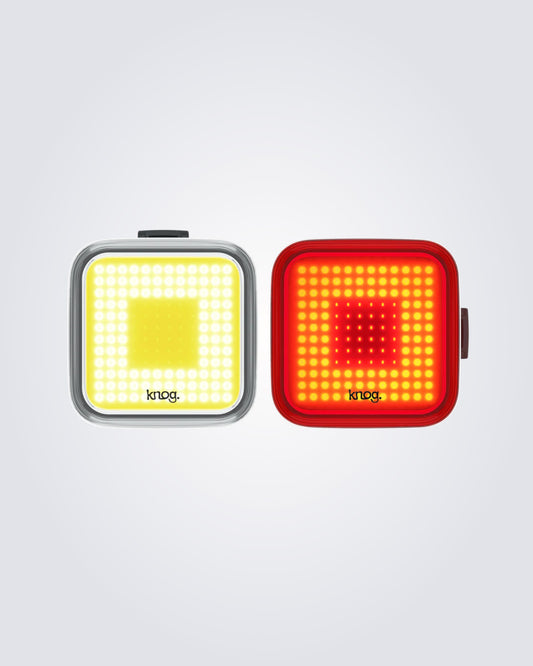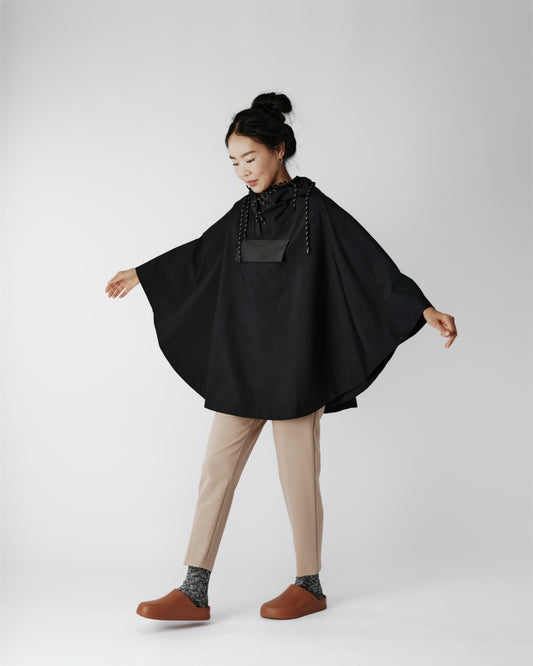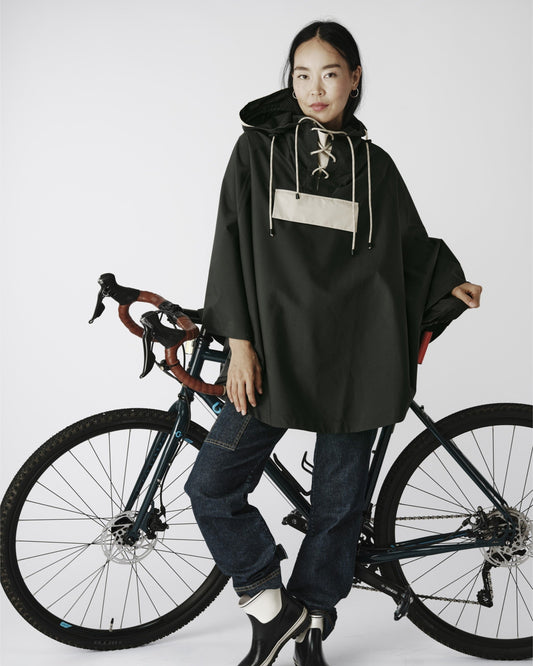Unraveling the All-in-One Cycling Solution
Hybrid bikes are a fusion of road, mountain, and touring designs, forging a versatile bicycle that combines the ease of pavement riding with the sturdiness needed for rougher terrain. Characterized by flat handlebars, a comfortable upright seating position, and a congenial blend of performance features, hybrid bikes accommodate a wide range of riders and purposes. Unlike traditional road bikes, which are optimized for speed on pavement, or mountain bikes, designed for rugged trails, hybrid bikes strike a balance suitable for multiple surfaces and riding conditions.

A typical hybrid bike offers wider tires than a road bike for stability and cushioning, yet they are sleeker and faster than mountain bike tires. The frame geometry encourages a more comfortable riding position, reducing strain on the rider's neck and back. The adaptability of hybrid bikes makes them an excellent choice for daily commutes, recreational weekend rides, or an adventurous jaunt off the beaten path. With options for gears and suspension tailored to the cyclist's needs, these bikes are the go-to for convenience and utility.
Key Takeaways
- Hybrid bikes provide a versatile option suitable for various terrains and riding styles.
- They feature a comfortable geometry, blending characteristics from road and mountain bikes.
- Their design offers adaptability with options for personal customization and accessories.
Defining Hybrid Bikes

Hybrid bikes merge the best features of road and mountain bikes, offering a middle-ground solution for cyclists. They are ideal for various terrains, making them a practical choice for riders seeking versatility.
Core Characteristics
Hybrid bikes typically feature flat bars that promote an upright riding position, which is comfortable for long distances and gives the rider good visibility and control. They often come equipped with gears that are sufficient for both flat and inclined surfaces, making them adaptable to different types of rides. The tires of a hybrid bike are usually 700c wheels with a tread that's suited for both pavement and light off-road use.
Hybrid vs Road and Mountain Bikes
When compared to road bikes, hybrid bikes have a more upright riding position, which reduces strain on the rider's back and provides increased stability. Unlike the narrow tires on road bikes, hybrids have wider tires that offer a compromise between speed and cushioning. On the other hand, hybrid bikes are generally lighter and faster on pavement than mountain bikes but don't have the same ruggedness for challenging off-road trails. Hybrid bike frames and suspension systems are typically less robust than those of mountain bikes, which are built to handle more technical and rough terrain.
Key Features of Hybrid Bikes

Hybrid bikes blend characteristics from more specialized road bikes, tourers, and mountain bikes, offering a versatile option that fits various terrains and activities. They typically feature components that provide a balance of efficiency, comfort, and control.
Frame Materials
Hybrid bikes are constructed using a variety of frame materials, each offering different benefits. Aluminum is common due to its light weight and affordability. It's ideal for those looking for a lightweight bike that's easy to handle. Some hybrid bikes may also incorporate steel which adds durability and a comfortable ride due to its natural vibration absorbing qualities. Higher-end hybrids might use carbon fiber frames that offer the best in lightweight and stiffness, but these can be more expensive.
Tire and Wheel Size
The tire and wheel size for hybrids is typically a compromise between narrow road bike tires and wider mountain bike tires. The standard wheel size is 700c, similar to most road bikes, but with tires that are slightly wider, ranging from 28mm to 42mm. This allows them to handle a variety of surfaces while still maintaining a smooth ride. Wider tires provide more stability and comfort, making them suitable for gravel and dirt paths as well as paved roads.
Gearing System
Hybrids feature versatile gearing systems to handle different gradients and speeds. They often come with a range of gears, from as few as seven to more than twenty. The gearing system usually involves multiple chainrings at the front and a spread of gears at the rear. This allows riders to shift through gears smoothly to adapt to varied terrain, whether it's uphill, flat, or downhill.
Brakes
When it comes to stopping power, hybrid bikes may be equipped with either rim brakes or disc brakes. Rim brakes are lightweight and provide sufficient stopping power in dry conditions. However, disc brakes, which can be either mechanical or hydraulic, offer superior performance in all weather conditions, especially when riding on wet or muddy surfaces. Disc brakes also provide better modulation and require less effort to apply, which can improve rider comfort and control.
Types of Hybrid Bikes

Hybrid bikes cater to riders with a variety of needs, from fitness enthusiasts to daily commuters. They generally offer a comfortable upright position that's ideal for visibility and control.
Fitness Bikes
Fitness bikes are designed for those who crave a workout but also want the comfort and utility of a hybrid bike. They typically have a lightweight frame, flat handlebars for an upright riding position, and narrower tires that reduce rolling resistance and increase speed. The geometry is tuned for efficiency and power on paved paths and roads, making fitness bikes a popular choice for those looking to combine cycling with their exercise regimen.
Commuter Bikes
Commuter bikes are tailored for individuals who ride to work or use their bike for daily errands. These bikes prioritize comfort and convenience, often featuring racks for carrying bags and fenders to guard against roadside splashes. They have sturdy frames and slightly wider tires for durability and traction on a variety of surfaces. Commuters appreciate the reliable and low-maintenance components that stand up to daily use and the often unpredictable urban environment.
Sizing and Fit

When looking for a hybrid bike, one must ensure proper sizing and fit for a comfortable and efficient ride. The right size affects balance and control, while a good fit influences comfort and reduces the risk of injury.
Determining the Right Size
The frame size of a hybrid bike is crucial. They typically come in S, M, L, and XL sizes, although some may be sized in inches. To find the correct frame size, they need to know their height and inside leg measurement. There should be approximately 2 inches of clearance between the rider and the top tube of the bike when standing flat-footed.
Reach and Comfort
Reach refers to how far forward a rider has to extend their arms to hold onto the handlebars, and it's a vital aspect of fitting. Hybrid bikes are designed for an upright riding position, which means the reach should be shorter compared to road bikes, allowing for a more comfortable grip and better visibility. Riders should check that they can comfortably reach the brake levers and handle the bike with ease, contributing to a safer and more enjoyable cycling experience.
Performance on Different Terrains

Hybrid bikes' claim to fame is their ability to adapt to a variety of surfaces, balancing comfort with efficiency. They handle transitions between terrains effortlessly, making them suitable for riders who seek one bike to fit multiple uses.
City Riding
In the city, where the pavement is king and traffic can be unpredictable, hybrid bikes shine with their nimble handling and comfortable positioning. The upright seating allows riders to have a good field of vision, crucial for navigating through busy streets. The tires of a hybrid, while not as thin as those on road bikes, still provide ample speed and smoothness on pavement, which is perfect for the urban environment.
Bike Paths and Forest Roads
Away from the hustle of the city, hybrid bikes take to bike paths and light forest roads with aplomb. Their versatility enables riders to transition from paved bike paths to the slightly rougher terrain of a forest road without missing a beat. The durability and wider tires often found on hybrid bikes offer the necessary traction and handling for gravel or dirt surfaces, while still maintaining a comfortable ride.
Accessories and Customization

Customizing a hybrid bike with the right accessories can transform one's riding experience. From carrying cargo to ensuring safety in low light, add-ons help tailor the bike to individual needs.
Racks and Panniers
To enhance the bike's carrying capacity, one can install a variety of racks. Rear racks support the attachment of panniers, which come in handy for grocery runs or long tours. They typically attach to a bike's frame or seat post and can be found in materials like aluminum for lightweight sturdiness. Panniers, designed to hang on the sides of racks, protect belongings from the elements and help balance the load.
Fenders and Lights
Riding through wet or muddy streets, fenders are crucial for keeping both rider and bike clean and dry. They come in different sizes to accommodate varying tire widths and styles for a custom fit. For visibility during dawn, dusk, or nighttime, a range of lights can be easily mounted on a bike. Both front and rear lights ensure that one is seen by others and the path ahead is well-lit, significantly increasing safety on the road.
Choosing the Right Hybrid Bike

When selecting a hybrid bike, one should consider the reputation of the brand and the bike's value for the money. These factors directly impact both the quality of the ride and the longevity of the bike.
Brands and Manufacturers
In the world of hybrid bikes, certain brands stand out for their quality and innovation. Leading manufacturers like Specialized, Trek, and Cannondale have built reputations for designing bikes that blend the best features of road and mountain bikes. A bike from a reputable brand usually promises better craftsmanship, materials, and customer support. For example, Specialized is known for ergonomic and performance-centric designs that address the needs of both commuter and recreational riders.
Price and Value for Money
When it comes to price, a potential buyer should measure the bike's cost against the features and longevity it provides. While high-end models from brands such as Trek might command a premium, their value is reflected in advanced materials, sophisticated components, and meticulous engineering. Conversely, Cannondale offers options that strike a balance, providing good quality at a more accessible price point. Important components to consider for value for money include the quality of suspension, gears, and brakes. Moreover, some hybrid bikes may include additional features such as racks and fenders, which can be a deciding factor for those who seek extra utility from their purchase.
Care and Maintenance

Taking care of a hybrid bike means sticking to a regular maintenance schedule and getting professional tune-ups. This keeps the bike reliable, whether one's riding to work or cruising on a weekend adventure.
Routine Checks
Every rider should make routine checks a part of their cycling habit. Tire pressure is critical; it affects grip and ensures a smooth ride across various surfaces, from paved streets to light trails. They recommend keeping an eye on brake wear too—brands like Tektro should have their pads checked regularly for safety. Shimano gear systems need special attention too; they should check and lubricate the bike chain consistently to maintain smooth shifting, especially after long commutes or rides over challenging distances.
-
Weekly Tasks:
- Check tire pressure and inflate as necessary
- Wipe down and lubricate the chain
-
Monthly Tasks:
- Inspect brake pads for wear
- Ensure all bolts and fastenings are tight
Professional Servicing
Even the most diligent cyclists can miss details that a professional eye will catch. They recommend annual servicing to go beyond the basics. Technicians can do a deep assessment of cycling tech, looking at the bike's overall condition. They can tune the bike to the rider's specific needs, whether they're facing long daily commutes or regular rides on mixed surfaces. A bike shop technician will test everything from the gear alignment to the brake system's responsiveness, ensuring safety and performance are up to standard.
-
Annual Check-Up:
- Professional gear tuning
- Brake system assessment and maintenance
- Detailed frame and component inspection
Frequently Asked Questions

When delving into the world of hybrid bikes, riders often have several questions regarding their functionality and suitability for various activities. This section aims to address some of the most commonly asked queries to help potential buyers make informed decisions.
Can you use a hybrid bike for long-distance rides?
Hybrid bikes are designed with comfort and versatility in mind, making them suitable for long-distance rides on varied terrains. They combine the efficiency of a road bike with the stability of a mountain bike, although they may not be as specialized as dedicated touring bicycles.
What are the main benefits of a hybrid bike for men?
For men, hybrid bikes offer a balance of speed and maneuverability with a comfortable riding posture, which can reduce strain on the back and shoulders. This makes them a great choice for commuting and recreational riding on both city roads and park trails.
How does a step-through hybrid bike differ from traditional designs?
A step-through hybrid bike, compared to traditional designs, has a lower top tube allowing for easier mounting and dismounting. This design is particularly beneficial for those with limited mobility or who prefer not to swing their leg over a high bar, making it a practical option for various riders.
What features do the top-rated hybrid bikes typically offer?
Top-rated hybrid bikes often feature lightweight frames, a range of gears to tackle different inclines, and comfortable seating. Enhanced tire durability and responsive brakes for safety in varied riding conditions are also common in these bikes.
In what ways are hybrid bikes less advantageous compared to other types?
Hybrid bikes might not excel in specific conditions the way specialized bikes do; they can be less efficient on steep mountain trails compared to mountain bikes, and they may not match the speed of road bikes on paved roads due to their heavier build and broader tires.
Are hybrid bikes suitable for women and what should one look for when choosing one?
Hybrid bikes are indeed suitable for women and offer features such as a comfortable fit and adjustable components to accommodate different body types. Women should look for a bike with a frame size that matches their height for easier handling and improved comfort.







